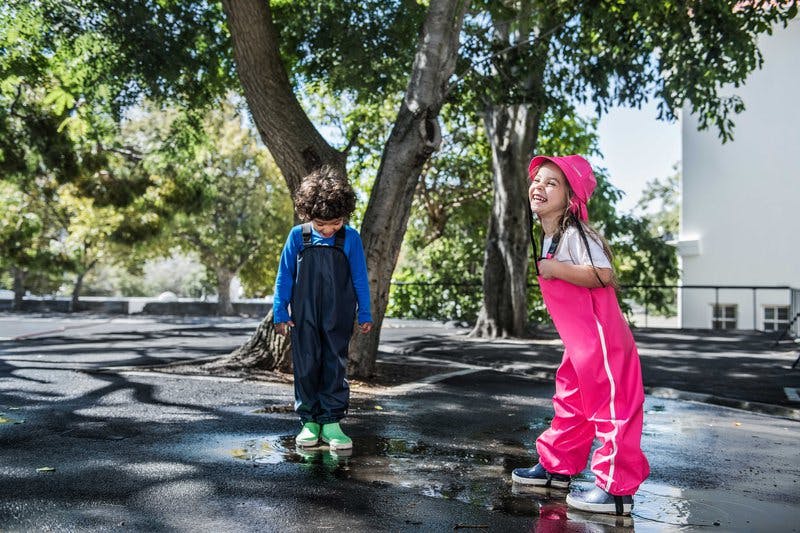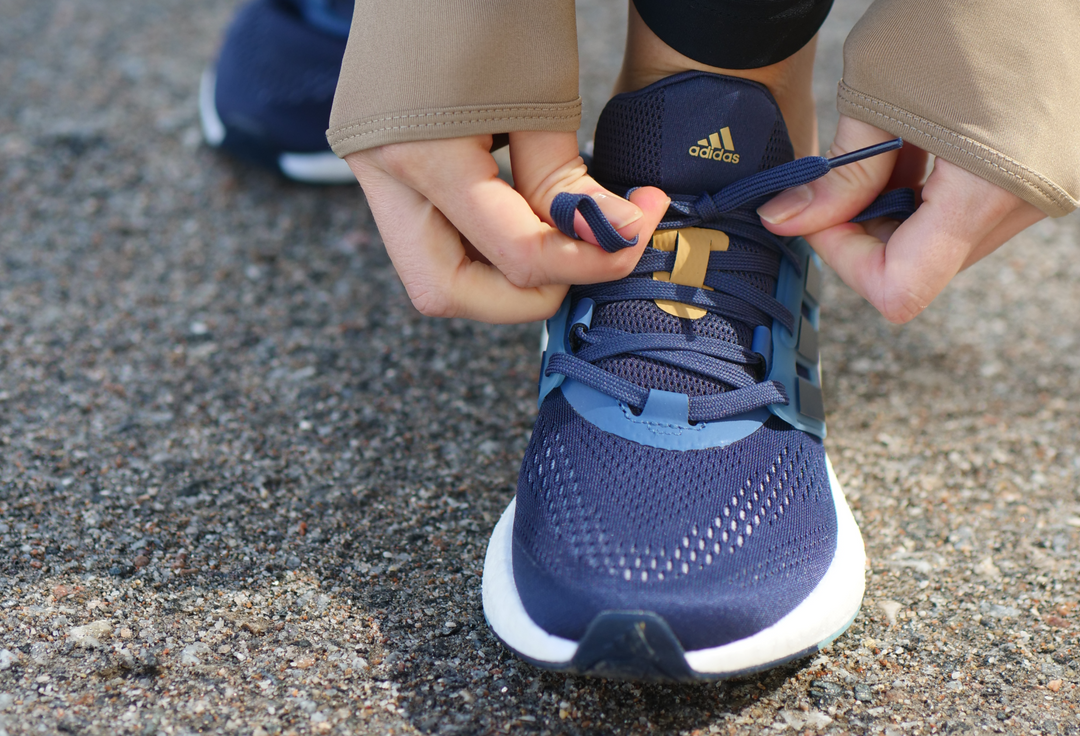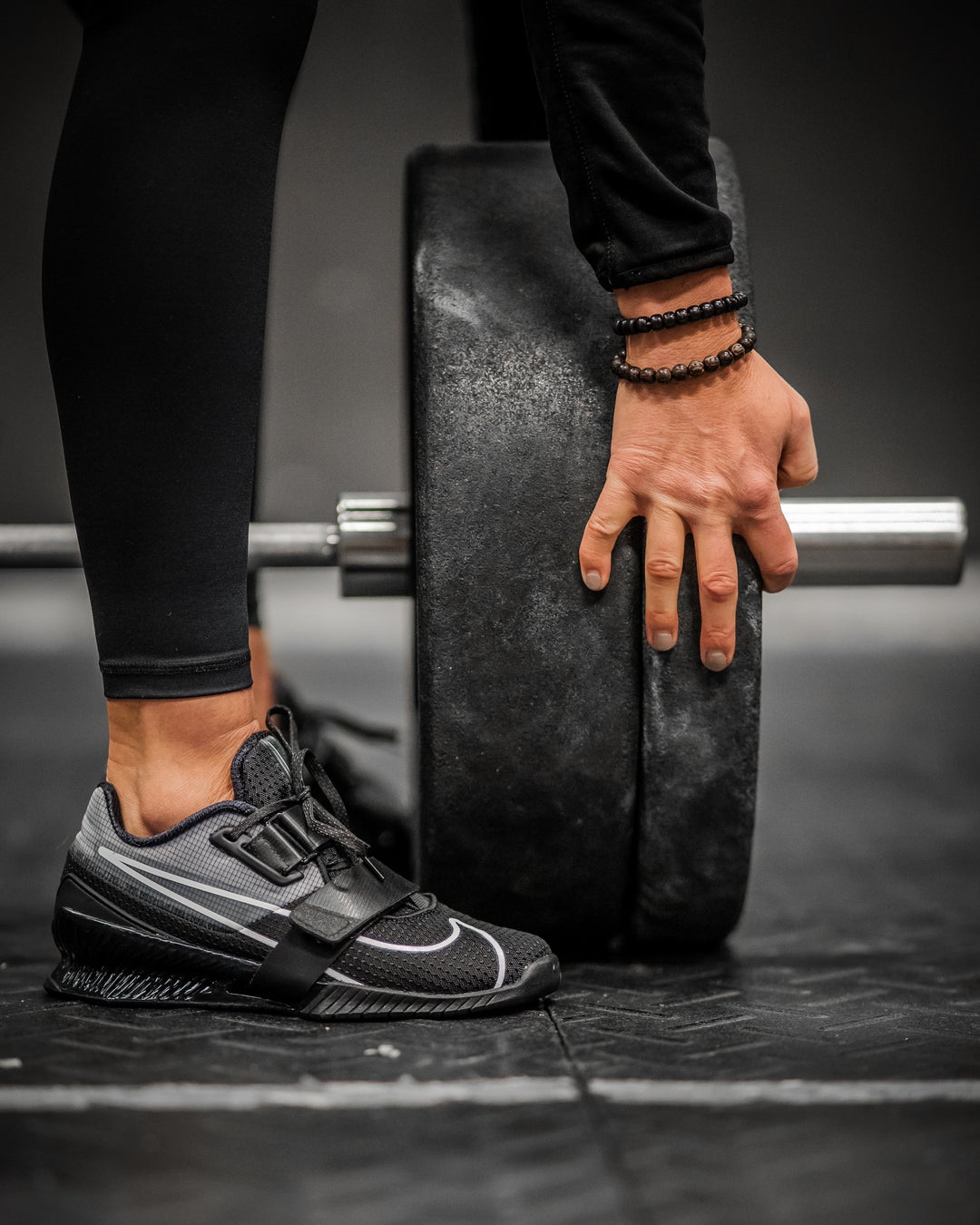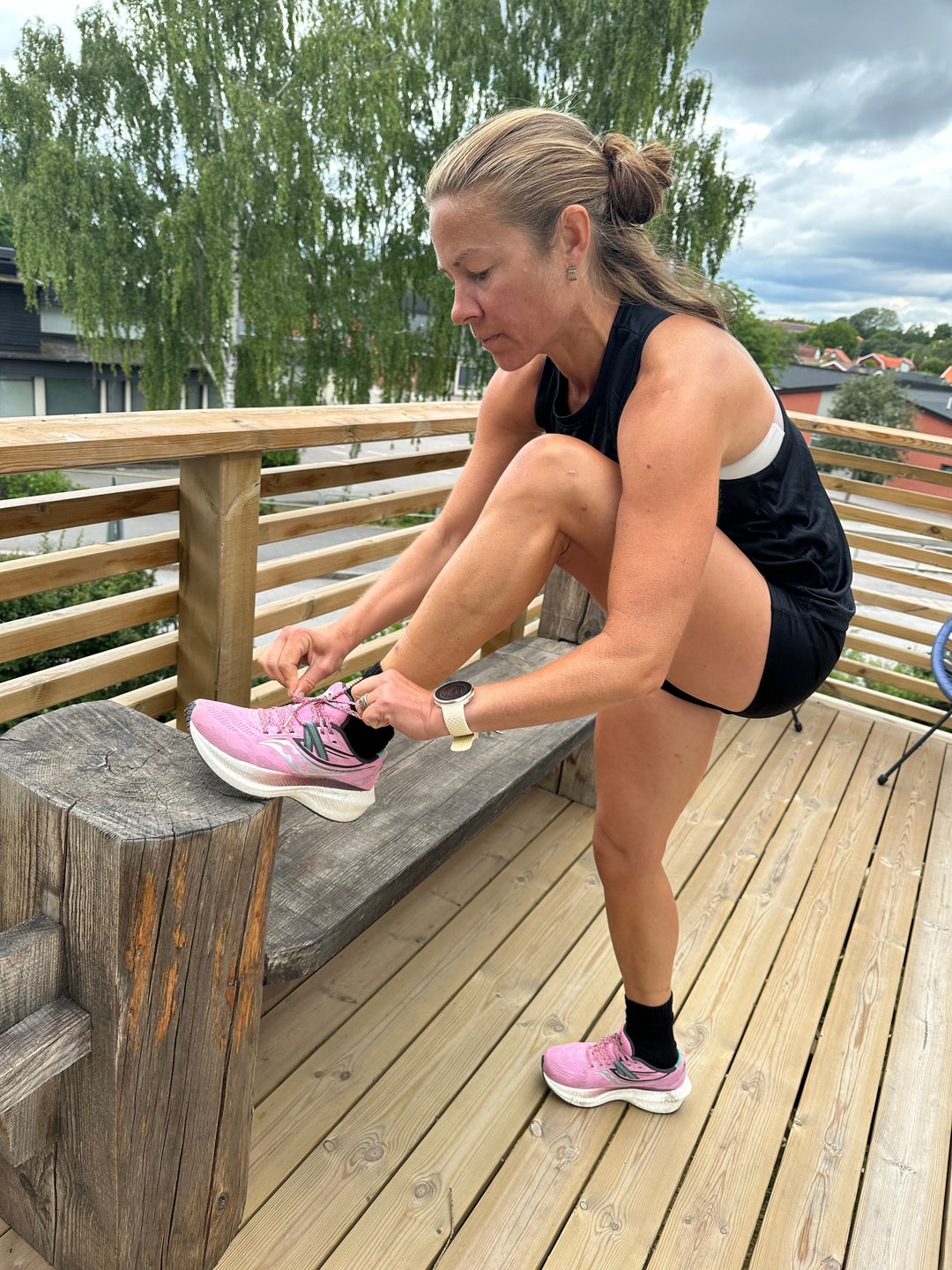Non-toxic rainwear for children - yes please!
More and more people are becoming aware of the materials and substances found in rainwear and are interested in buying non-toxic garments for their children. Here's what to consider when choosing rainwear for kids!
PVC, PU and phthalates. There are a lot of words when talking about rainwear and it can feel overwhelming when it's time to understand what is a good, environmentally friendly choice. We spoke to Kattis Holmegård of Reima, an expert in children's outerwear.
- Clothing designed for wet weather needs to be treated with something to make it dirt- and water-repellent. In the past, PVC has usually been used in rainwear," says Kattis Holmegård.
What is PVC?
- It is a form of plastic. PVC requires plasticizers called phthalates. It is phthalates that are the harmful substance in PVC materials, and not actually PVC itself. Phthalates are banned in some countries because they have been found to be dangerous to humans and nature. Many toys made from PVC have been banned in the EU.
So what is used in rainwear instead, and is it as effective?
- Well, now they use something called PU - short for polyurethane. It's much more environmentally friendly, and completely harmless to the wearer. That's what Reima has in all their rainwear. PU is just as waterproof as PVC and is optimal in rainwear.
What are fluorocarbons?
- Fluorocarbon is another substance that can be harmful to the wearer and also bad if released into the environment. It is used for its water, dirt and oil repellent properties and acts as a kind of outer layer on a product. Not all fluorocarbons are the same. Reima does not use fluorocarbons in its clothing.

Reima has safe, certified factories and is guaranteed non-toxic.
Rainwear with freedom of movement
So it's not just colorful rainwear that you should look for when shopping for your kids - although it's good for the kids to be seen outside. You should also check the material of the garment, and of course there are many different types to look at - thin rainwear versus rainwear with a fleece lining, and so on. The important thing is that they work well for the child wearing them, and that the child does not hinderras movement and play.
Tell us more about Reima's rainwear, what makes it unique?
- Reima as a brand is always based on the children's perspective. For example: the sleeves are shaped so that they fit well despite movement and so that rain and slush run off. The fit is made for children and play. All Reima's garments are very soft and comfortable, and soft garments last longer than hard ones. All seams are welded, which means no water leaks in, unlike sewn seams.
Don't wash unnecessarily
It's important that the clothes children wear outdoors repel moisture and dirt - otherwise they will have to be washed more often, which is not good for the environment. Often a dirty rain jacket may only need to be brushed off to get clean, rather than machine washed. If the garment is made of inferior quality, it will wear out faster and need to be replaced. It's a constant balancing act.
READ MORE: Test: three great rubber boots for kids
SHOP HERE: All rainwear from Reima







